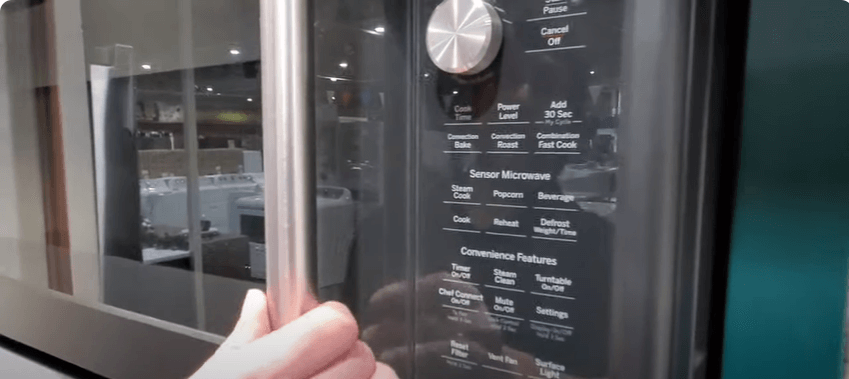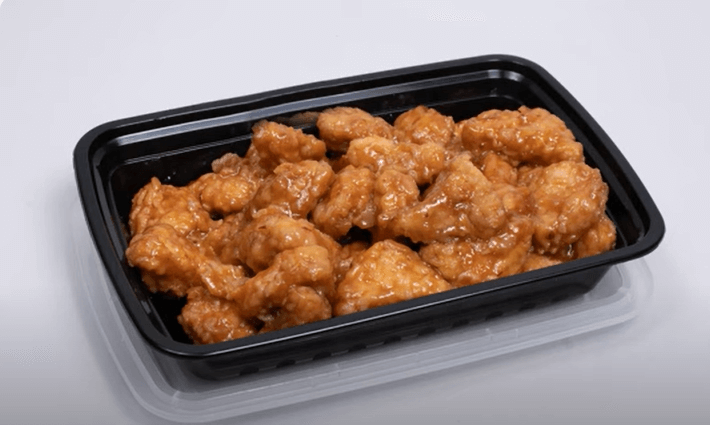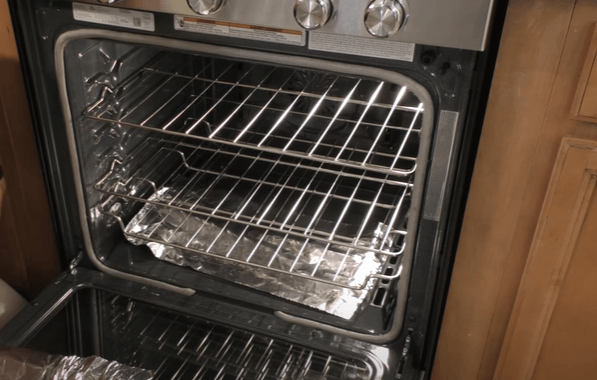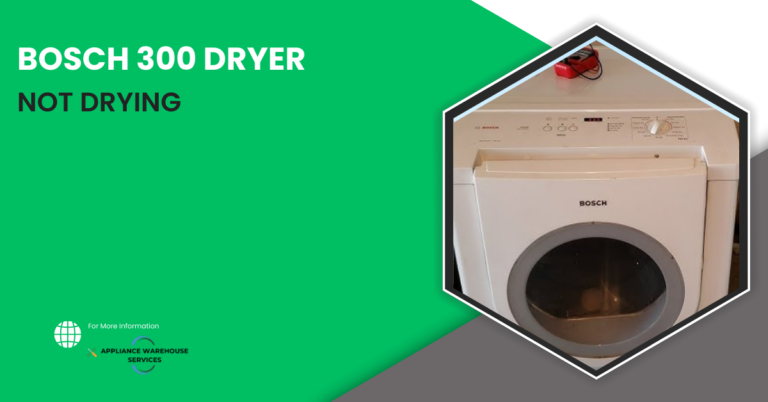Short answer: In a convection microwave, use metal only in convection mode. Avoid metal during microwave mode to prevent sparking.
The use of metal in microwave ovens has long been a topic of caution, often leading to sparking or even damage. However, with the advent of convection microwave ovens, which combine traditional microwave functions with those of a convection oven, the guidelines around metal usage have become more nuanced. Understanding when and how to safely use metal in these versatile appliances is crucial for both effective cooking and appliance longevity.
What Is A Convection Microwave Oven?

A convection microwave oven is a versatile kitchen appliance that combines the features of a traditional microwave oven with those of a convection oven. While a standard microwave uses electromagnetic waves to heat and cook food from the inside out, a convection microwave also incorporates a fan and a heating element. This additional feature circulates hot air around the food, ensuring even cooking and enabling browning or crisping of the food’s surface. As a result, a convection microwave can perform tasks like baking, roasting, and grilling, in addition to standard microwave functions, offering greater flexibility in cooking.
How Does A Convection Microwave Oven Work?
A convection microwave oven blends the mechanisms of a standard microwave with those of a convection oven.
- Microwave Mechanism: In this mode, the oven emits microwaves, which are a type of electromagnetic radiation. These microwaves penetrate the food and excite its water molecules, causing them to move rapidly. This rapid movement generates heat through friction, which in turn cooks the food from the inside out.
- Convection Mechanism: In addition to the microwave functionality, a convection microwave is equipped with a heating element and a fan. The heating element produces heat, and the fan circulates this hot air uniformly around the food. This hot air circulation cooks food more evenly than a regular microwave and allows for browning and crisping, which a traditional microwave cannot achieve.
When used in combination mode, both the microwave mechanism and the convection mechanism operate simultaneously. This results in faster and more evenly cooked dishes, as the food gets heated from the inside by the microwaves and from the outside by the hot air.
Can You Put Metal In A Convection Microwave Oven?
In a convection microwave oven, you can indeed use metals such as aluminum foil or small baking sheets, but there’s a vital distinction to be aware of. Metals are safe to use when the appliance is operating in its convection mode. However, when the convection microwave is functioning in the traditional microwave heating mode, metals should not be placed inside, as they can interfere with the microwave radiation and potentially cause issues. Always be sure to select the correct mode for your intended use to ensure safety and optimal cooking results.
What Type Of Metal Can You Put In A Microwave Oven?
In a standard microwave oven, the general rule is to avoid placing metals because they can cause arcing (sparks). However, there are some exceptions, and the microwave’s design sometimes incorporates specific metal elements:
- Metal Racks: Some microwave ovens come with a metal rack. This rack is designed to be safe for microwaving. It allows for two-tiered cooking but must be used as per the manufacturer’s instructions.
- Microwave-Safe Containers with Metal Trim: Some microwave-safe dishes might have metal trim. Again, if these are labeled as microwave-safe, they are safe to use. However, caution is needed. If the metal trim gets too close to the walls of the microwave or another metal object, it could cause arcing.

- Twist Ties: These should always be removed from the packaging before microwaving. They’re metal and can cause arcing.
- Aluminum Foil: It’s possible to use small amounts of aluminum foil in a microwave, but it’s tricky and not usually recommended for those unfamiliar with the specifics. If doing so, the foil should not be crinkled so that it forms any sharp edges, and the foil should be at least an inch away from the walls of the microwave.
- Metalized Pouches: Some pre-packaged foods come in metalized pouches that are designed for microwave heating. Always follow package instructions when using these products.
What Type Of Cookware Is Not Suitable For Convection Microwave Oven?
When using a convection microwave oven, it’s essential to understand both the microwave and convection features to choose the right cookware. Here are some types of cookware that are generally not suitable for use in a convection microwave oven:
- Regular Metal Pans and Aluminum Foil: While metal can be used safely in a standalone convection oven, a convection microwave oven still uses microwave energy. Thus, unless you’re using the convection-only mode, metal can reflect microwaves and cause arcing or sparking.
- Non-Microwave Safe Plastic: Some plastics can warp or melt when exposed to microwave or convection heat. Always ensure that any plastic container is labeled microwave-safe before using.
- Wooden Containers: Wood can dry out, warp, or even crack when exposed to heat in convection mode.
- Brown Paper Bags: These can emit fumes and may even catch fire when used inside a microwave or convection microwave oven.
- Certain Glassware: Not all glass is created equal. Non-tempered or non-microwave-safe glass can break or shatter when heated.
- Twist Ties: These small metal objects can cause arcing in the microwave mode.
- Styrofoam Containers: Unless labeled microwave-safe, styrofoam can melt or warp when exposed to heat.
FAQs
Is it safe to use aluminum foil in a convection microwave oven?

In the convection mode, it can be safe to use aluminum foil. However, ensure it doesn’t touch the walls of the oven and is used in small amounts to prevent arcing. Never use aluminum foil in the microwave-only mode.
Can I use metal racks that come with the convection microwave?
Yes, if your convection microwave oven comes with a metal rack, it is designed for use in that specific oven, primarily during the convection mode. It helps in circulating air around food for even cooking.
What should I do if there is sparking when I use metal?
If you notice any sparking or arcing, immediately turn off the microwave and carefully remove the metal object. Inspect the oven for any damage and avoid using metal in the future unless certain it’s safe.
Are there specific foods that should or shouldn’t be wrapped in foil in the convection mode?
Avoid wrapping foods that are acidic or salty, like tomato sauce or citrus fruits, in aluminum foil. These types of foods can corrode the foil, leading to holes and potentially causing sparks.
Can metal affect the cooking time or quality of food in a convection microwave oven?
Yes, metal can affect cooking. Metal pans or containers can sometimes cook food faster than glass or ceramic containers because they can get hotter and conduct heat more efficiently.
Why do some convection microwave ovens come with metal turntables?
Some convection microwave ovens come with metal turntables because, during convection mode, the oven functions more like a traditional oven, using radiant heat rather than microwaves. The metal turntable is designed to withstand and distribute this heat evenly, ensuring consistent cooking. However, always ensure that you’re using the appliance in the correct mode when such turntables are inside.
Can metal twist ties be used in a convection microwave oven?
No, metal twist ties should never be used in any microwave or convection microwave oven. They are thin and have pointed ends, making them particularly susceptible to sparking and arcing, even in convection mode.
Is there a difference between stainless steel and other metals when used in a convection microwave oven?
Stainless steel, like other metals, reflects microwaves and can cause arcing. However, the key difference lies in the thickness and shape of the container. Some convection microwave ovens might allow the use of certain stainless steel containers in convection mode due to their specific design, but always consult your oven’s manual before using any metal container. Remember, thin or poorly shaped metal containers, regardless of the type of metal, are more prone to causing issues.
Conclusion
The use of metal in convection microwave ovens is a nuanced issue. While the convection mode can accommodate certain metal containers, the microwave mode poses risks of electrical arcing and potential damage. Understanding the distinct modes of operation and adhering strictly to manufacturer recommendations is paramount for the safe and efficient use of these versatile kitchen appliances.






